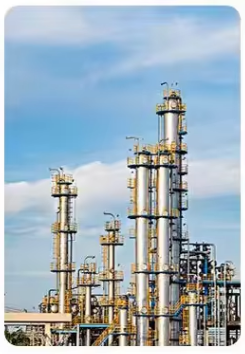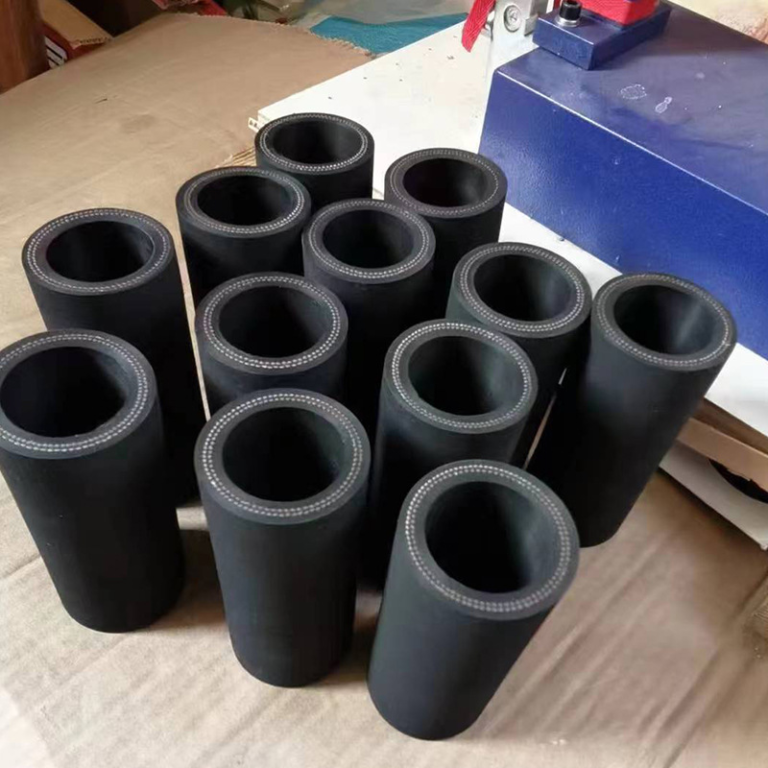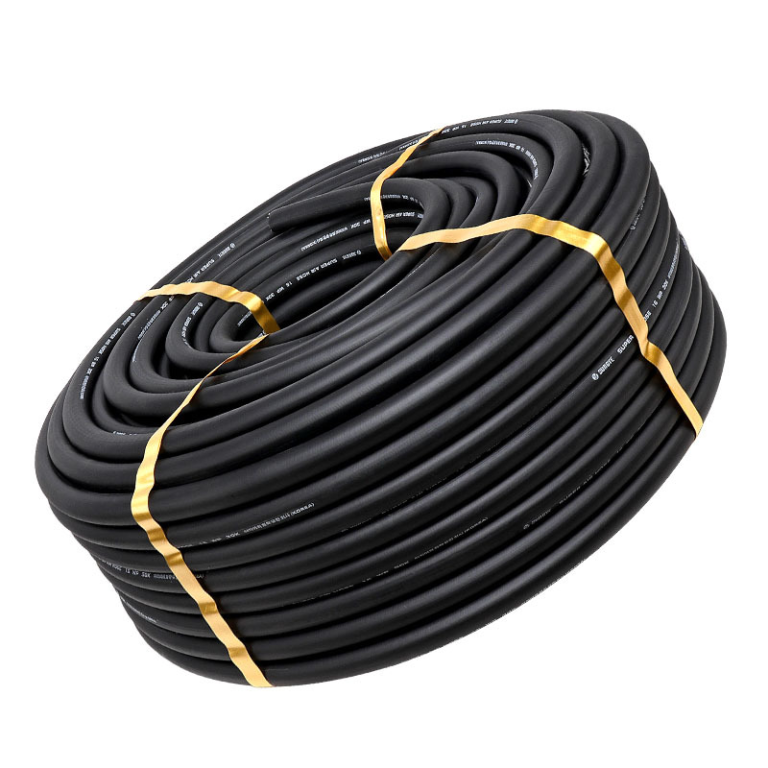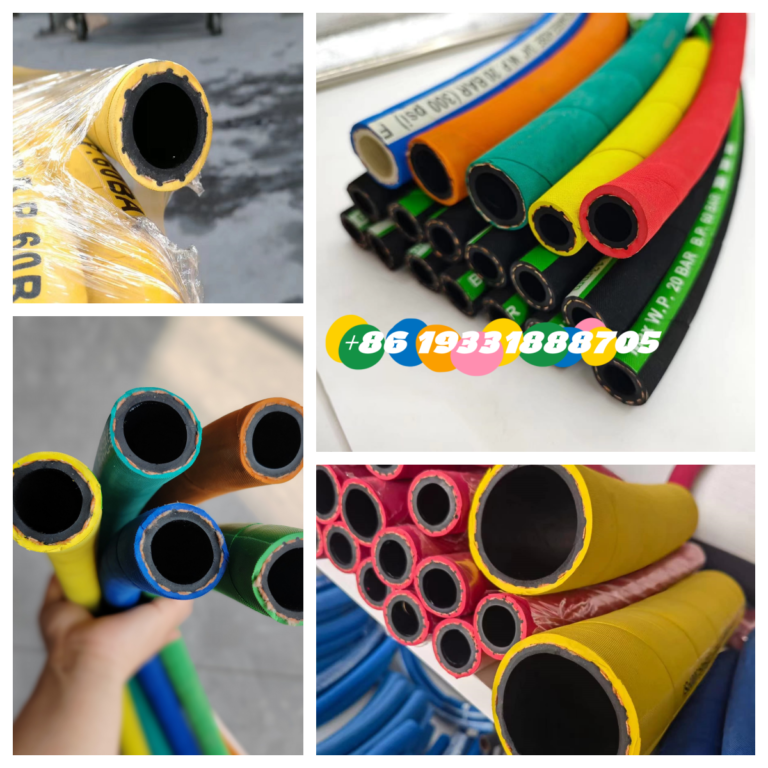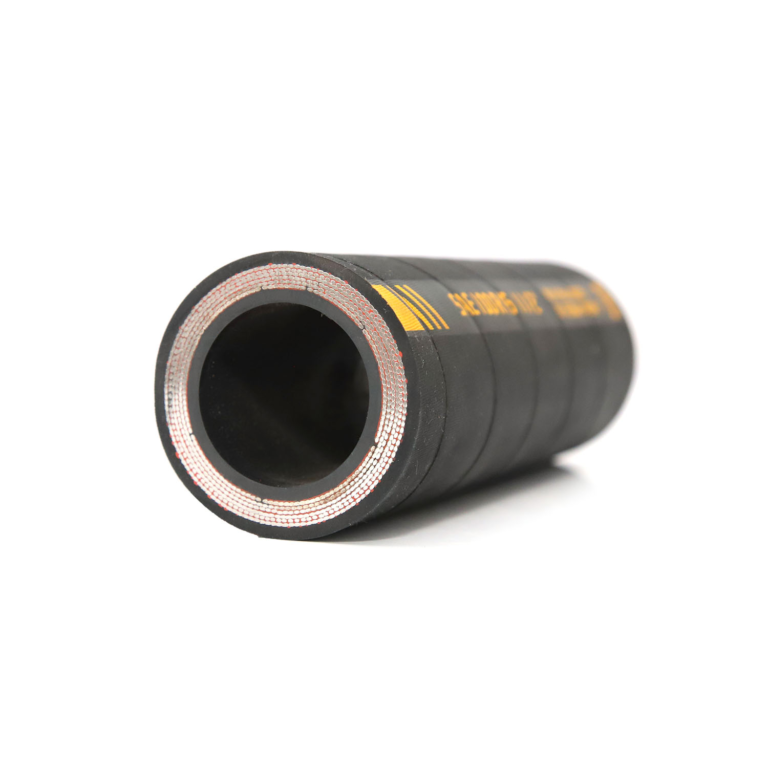Protect hydraulic hoses and build a solid “safety line” for equipment operation
In various industrial equipment and mechanical operation scenarios, although the hydraulic hose looks slender, it undertakes the key mission of conveying hydraulic oil and ensuring the smooth operation of the system. It is like the “blood vessels” of the equipment. Its importance is self-evident, so effective protection of the hydraulic hose is urgent.
Daily working conditions are complex and changeable, and mechanical vibration is a “normal challenge” faced by hydraulic hoses. The continuous vibration generated when the equipment is running is like an invisible “rubbing force”. In the long run, it will cause fatigue of the hose structure, causing wear and cracks on the pipe wall, and burying the hidden danger of leakage. At this time, the reasonable installation of the pipe clamp becomes a “shock-absorbing magic formula”. According to the direction and diameter of the hose, the pipe clamp is accurately fixed at appropriate intervals to firmly stabilize the hose, reduce vibration impact, and make it “as stable as Mount Tai”.
Friction is also like a hidden “killer”. Frequent friction between the hose and surrounding components and its own bends will wear out the outer layer of protection and endanger the internal pressure-bearing layer. Choosing suitable protective covers, such as wear-resistant rubber covers and braided protective layers, is like putting “armor” on the hose to enhance its wear resistance; optimizing the pipeline layout, avoiding sharp bends and close contact with components, and reserving enough “safe space” is a layout wisdom to prevent friction.
Chemical erosion is a potential threat that cannot be underestimated. In special working environments such as chemical and outdoor, acid and alkali substances, oil pollution, and ultraviolet rays are rampant, and the hose material is gradually corroded and aged, and the performance is greatly reduced. Regularly clean the surface of the hose, apply protective grease, and isolate the source of erosion; for hoses in harsh environments, give priority to corrosion-resistant and anti-aging materials, which is an effective strategy to resist chemical “attacks”.
Regular inspections are the “lookouts” guarding hydraulic hoses. Technicians follow rigorous procedures to check whether the appearance is damaged or bulged, whether the pipe joints are tightly connected, and measure the hardness and elasticity changes of the hose. With “eagle eyes and golden eyes”, they can see through subtle abnormalities and repair and replace them in time to ensure that the hydraulic system is unobstructed and the equipment runs smoothly and safely.



